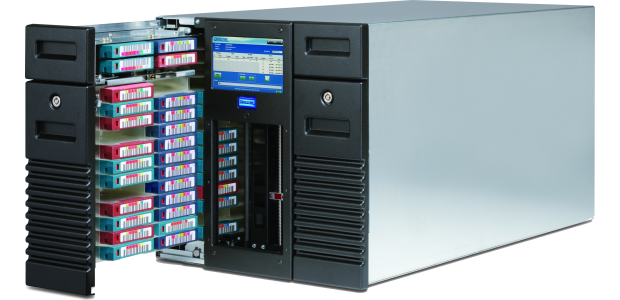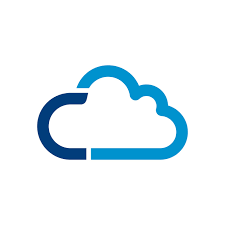A sample of the products and solutions that we support

Flash storage delivers extreme performance to derive measurable economic value across the data architecture – servers, software, applications and storage.
A storage area network (SAN) is primarily used to enhance storage devices, such as disk arrays and tape libraries, accessible to servers so that the devices appear like locally attached devices to the operating system. A SAN typically has its own network of storage devices that are generally not accessible through the local area network by other devices.
Network-attached storage (NAS) is a dedicated disk storage device that is set up with its own network, providing file-based data storage services to other devices on the network, allowing both application programming and files to be served faster because they are not competing for processor resources.
Unified Storage is a storage system that makes it possible to run and manage files and applications from a single device. Unified storage system consolidates file-based and block-based access in a single storage platform and supports fibre channel SAN, IP-based SAN (iSCSI), and NAS .

Tape Drives and Tape Libraries are primarily used for backups and as the final stage of digital archiving. Legacy Tape Drives and Tape Libraries

Private and Public Cloud: Transporter allows you to deliver your own cloud service for file syncing and sharing that is identical to those from popular services like Dropbox and Box, AWS, Google and Microsoft

Archiving is the process of moving data that is no longer actively used to a separate data storage device for long-term retention. Older data that is still important and necessary for future reference, as well as data that must be retained for regulatory compliance are kept, indexed in order to be easily located.
Disaster recovery is the process, policies and procedures that are related to preparing for recovery or continuation of technology infrastructure which are vital to an organization after a natural or human-induced disaster. Disaster recovery focuses on the IT or technology systems that support business functions, as opposed to business continuity, which involves planning for keeping all aspects of a business functioning in the midst of disruptive events. Prior to selecting a disaster recovery strategy, a disaster recovery planner first refers to their organization’s business continuity plan which should indicate the key metrics of recovery point objective (RPO) and recovery time objective (RTO) for various business processes.